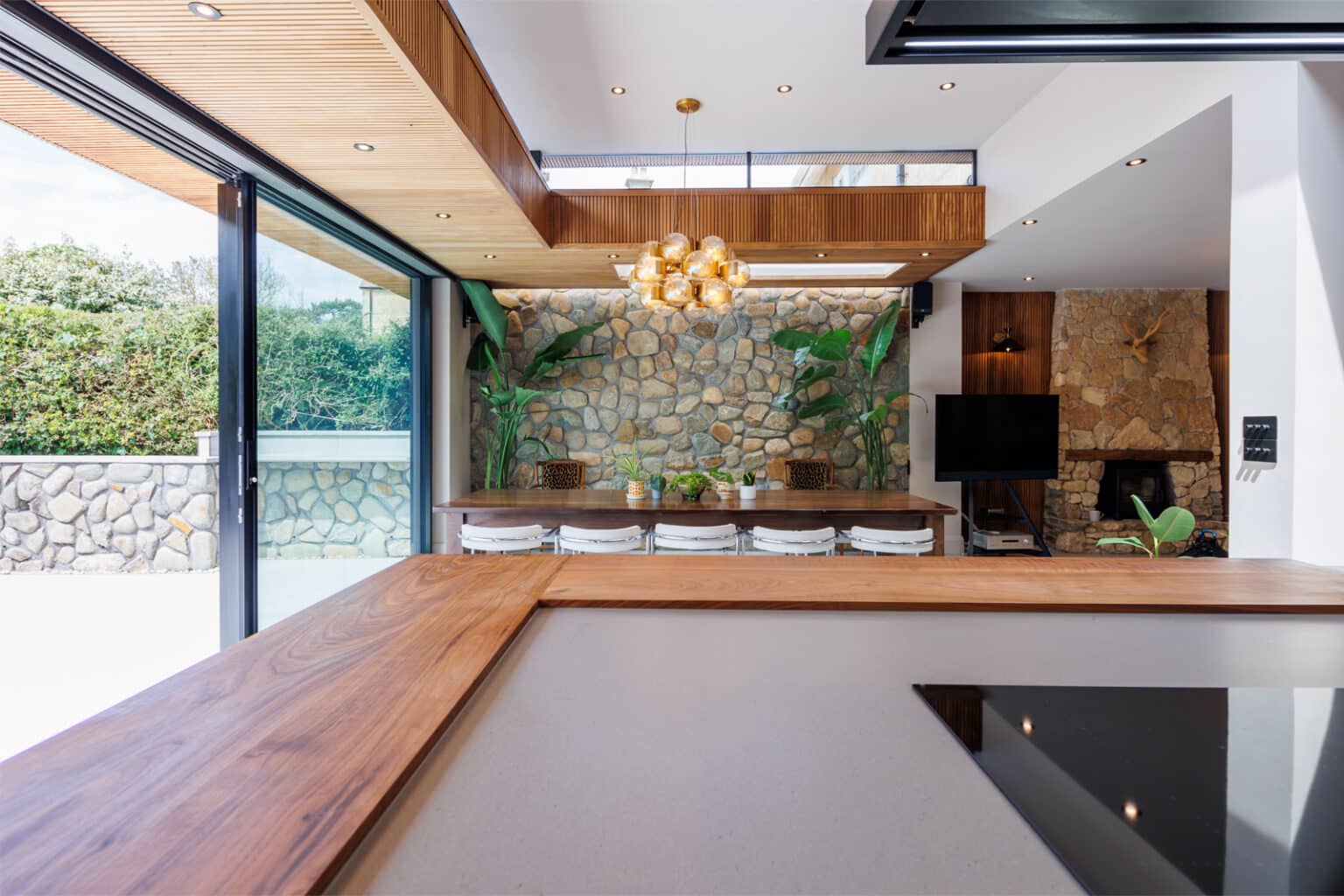
In an era where technology is advancing at an unprecedented rate, smart home systems are becoming an integral part of our daily lives. The concept of the “smart home” has evolved beyond just a passing trend and is now a significant element of modern living. Innovations in home automation are transforming the way we interact with our living spaces, prioritising comfort, convenience, sustainability, and efficiency. As we look ahead, these technologies will continue to shape how our homes are designed, used, and experienced.
Today’s smart home technology does more than just enhance comfort—it improves the way we live. What began with simple devices like programmable thermostats and remote-controlled lighting has expanded into a network of interconnected systems. Homeowners can now control nearly every aspect of their homes remotely, through smartphones, tablets, or voice-activated assistants such as Amazon Alexa, Google Assistant, or Apple HomeKit.
These systems can automate daily tasks, like adjusting the thermostat, locking doors, or controlling lighting, based on user preferences and time of day. Beyond convenience, the use of smart technology offers important safety and security benefits. Smart cameras, doorbells, and security systems can be monitored remotely, giving homeowners peace of mind whether at home or away.
One of the most exciting aspects of smart homes is the potential for Artificial Intelligence (AI) to create truly personalised living experiences. AI-powered systems can learn user behaviour and adapt in real-time. For example, a smart thermostat might learn your usual wake-up times or when you return home and adjust the temperature accordingly. Similarly, AI-driven appliances such as fridges, washing machines, and ovens can suggest optimised settings or automatically adjust their operations for maximum efficiency. This integration makes your home feel alive—anticipating needs and responding seamlessly.
As AI and machine learning continue to develop, the potential for homes to anticipate preferences will increase, transforming our homes into intelligent partners in daily life.
One of the most significant benefits of smart home integration is the shift towards energy-efficient homes. With rising concerns about sustainability, homeowners are looking for ways to reduce their carbon footprint. Smart thermostats, automated lighting, and energy-efficient appliances all contribute to reduced energy consumption. Solar panels paired with smart energy management systems can optimise electricity use, allowing homes to function sustainably while lowering utility costs.
Energy-efficient homes also incorporate advanced insulation, energy-recovery ventilation systems, and high-performance windows to minimise heat loss and reduce the need for excessive heating or cooling. Smart water management systems, like leak detectors and automated irrigation, can help to conserve water. Battery storage solutions enable homeowners to store excess solar energy for use during peak hours or outages, increasing both efficiency and energy independence. These innovations allow homes to significantly reduce their environmental impact while offering long-term savings and enhanced comfort.
The evolution of modern architecture is closely linked to advancements in smart home integration. Architects and designers are now incorporating smart systems from the outset, blending technology with aesthetics. Open floor plans, minimalist designs, and energy-efficient materials are being used alongside cutting-edge automation systems. Smart glass windows that adjust to lighting, voice-activated room configurations, and adaptive climate control are becoming standard in luxury residential projects.
As more people embrace smart technologies, the role of architecture will continue to evolve. Architects will need to creatively integrate these systems into their designs while balancing aesthetics, functionality, and sustainability. Smart technology is also influencing the design of communities. In addition to individual homes, the future of smart living may include entire neighbourhoods or urban developments built with smart systems in mind. For example, smart city initiatives are already using data from sources like traffic patterns, public transport systems, and energy usage to create more efficient, sustainable urban environments. Integrating smart technology into residential areas could enable communal energy sharing, improved waste management, and enhanced public safety.
Looking to the future, the line between technology and daily life will continue to blur. The next generation of smart homes will be even more interconnected, with devices and systems working in harmony to create a seamless living experience. The future may even bring fully automated homes that anticipate residents’ needs before they have to make a request.
For instance, smart kitchens could predict meal preferences based on user data, suggest recipes, order groceries, and preheat the oven—all before you think about dinner. Similarly, health-focused smart home technologies might track wellness metrics such as sleep patterns, activity levels, and nutrition, providing personalised feedback to improve overall health.
As smart home technology continues to evolve, its potential to enhance the quality of life will expand, offering homes that are not only smarter but more connected, efficient, and sustainable. The future of smart homes is bright, and as innovation progresses, our living spaces will become more intuitive, integrated, and adaptable, providing experiences that once seemed like science fiction.